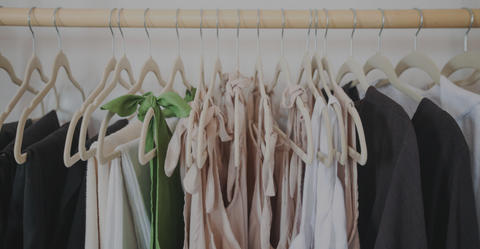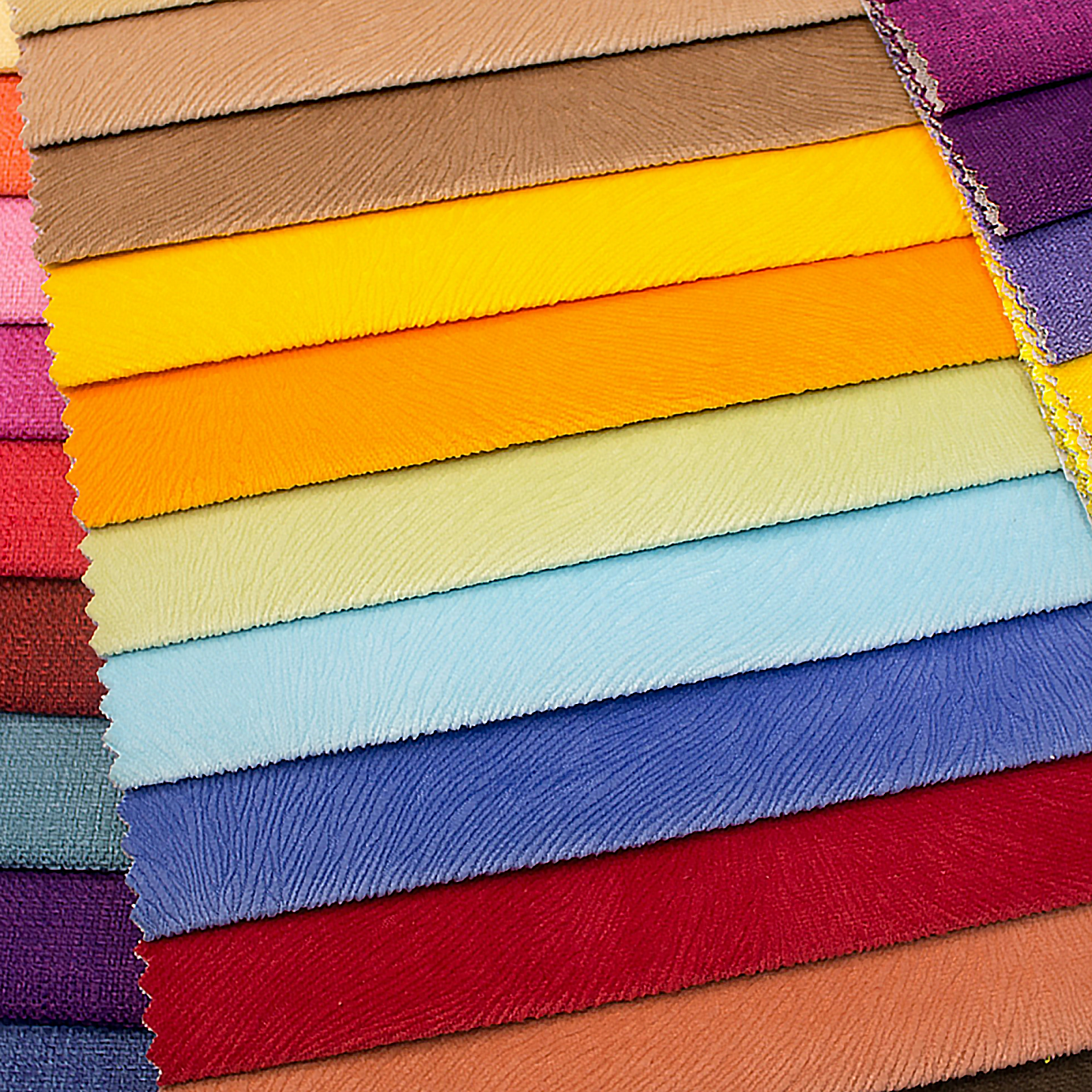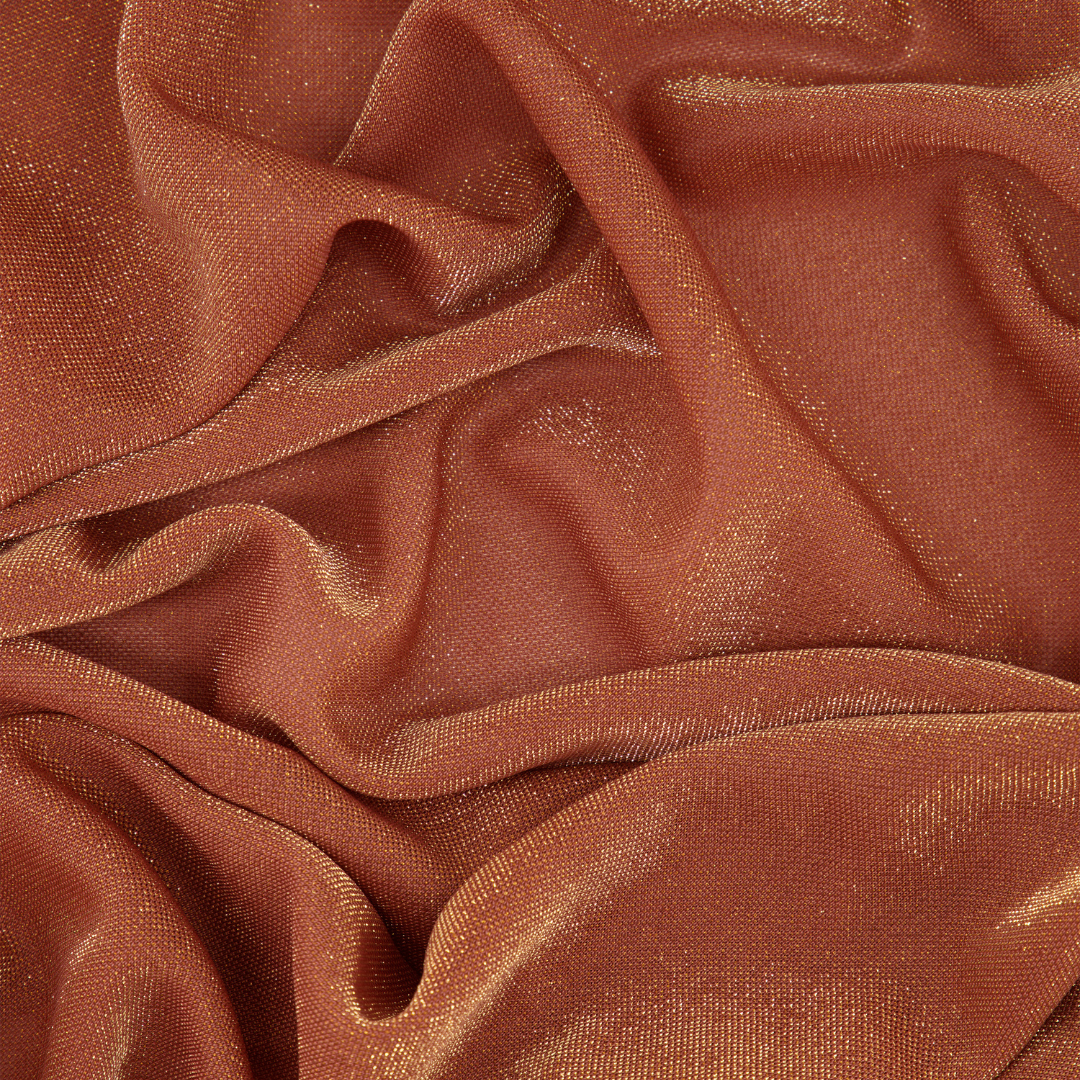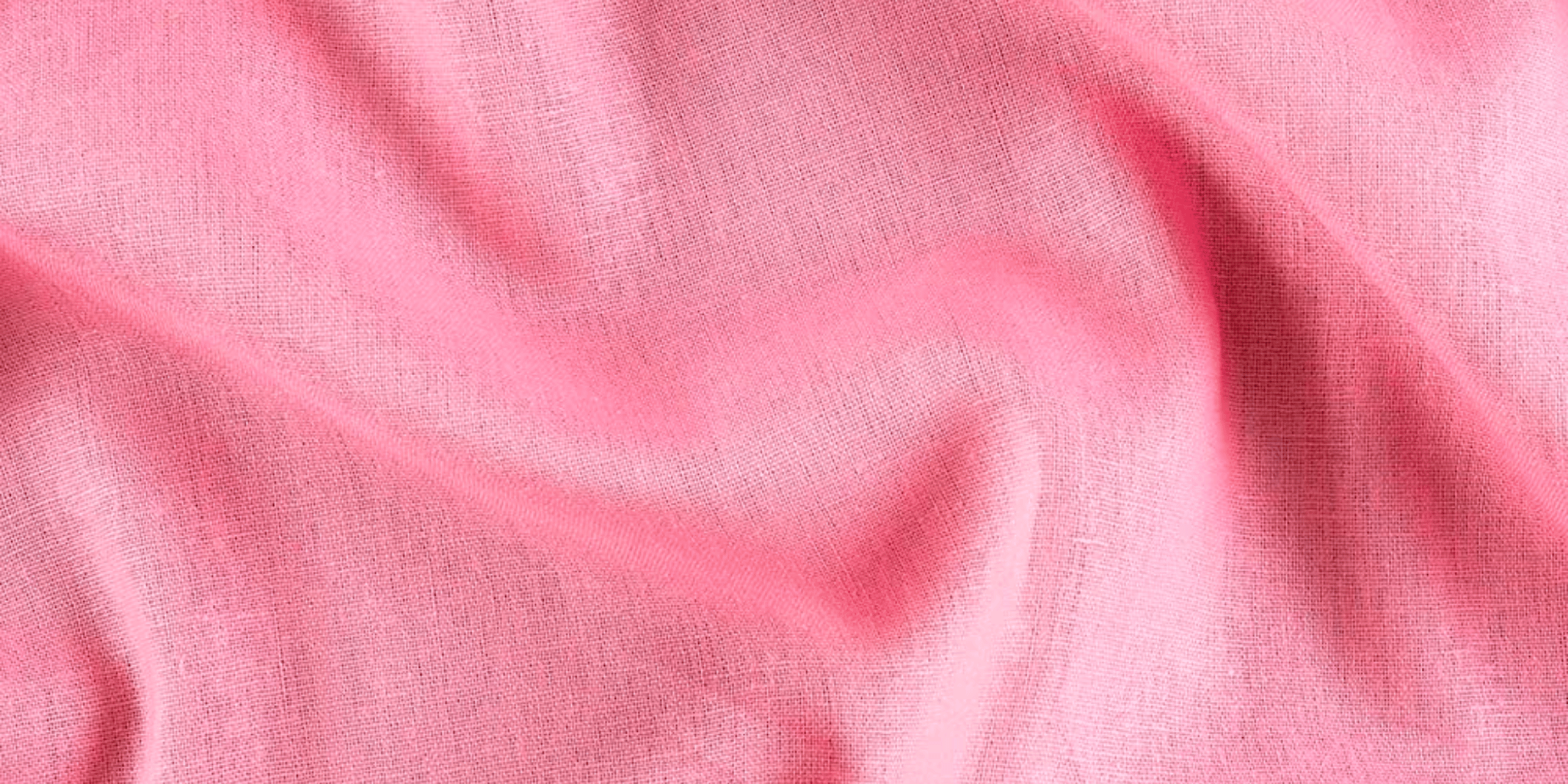New to the world of sewing? No problem! Experimenting with popular fabrics while you gain technical skills is the best way to learn. Plus, it can open your projects to even greater creative possibilities. Even if you have some experience, choosing less temperamental fabrics will help boost your confidence, save you money, and likely lead to better results.
Here’s a handy guide to help you select the best fabric for your design and make informed decisions before purchasing.

What Should Beginners Know About Working with Fabric?
Learning to sew is all about gaining a “feel” for your equipment and materials. We recommend familiarizing yourself with various kinds of fabric by taking the time to visit showrooms and order sample swatches online.
As you practice, you’ll get a sense of how your needle, thread or sewing machine push and pull material. This will become second nature over time. You’ll gain muscle memory, and your instruments will turn from tricky tools to creative partners. Patience and self-forgiveness are important, too. Don’t worry about judging your work against the pros. If you can focus on your personal progress, learning will be much more enjoyable.

The Do’s and Don’ts of Beginner Fabrics
DO use natural fabrics.
Natural fabrics are great for novice sewists. Examples include cotton, linen, hemp, chambray and bamboo. Natural fabrics tend to be stable and easier to iron, and they’re usually more environmentally friendly than synthetic materials.
Natural fabrics are also well-suited to hand-sewing.
DON’T go too heavy or too light.
For beginners, denim and leather may be too thick to work with, and they’re also less forgiving of mistakes. Heavy materials are more likely to break needles and can slow down your process overall.
On the other hand, fabrics like tulle and organza are quite thin and can be frustrating to keep straight on your sewing machine. Materials like jersey can roll up at the edges, making hems tricky to sew.
Consider using medium-weight fabrics like chambray, a great alternative to denim.
DO choose textures and patterns that don’t need to match.
Textures and patterns that don’t need to match at the seams will help hide any errors you make as a beginning sewist. Just about any pattern will forgive a mistake or two (except for stripes – these will look their best when connected.)
DON’T select stretchy, silky, or embellished fabrics.
Satin, velvet, and sheer fabrics can slip through your machine, and lightweight materials like tulle tear easily. Stretchy fabric can be easy to damage, especially if you need to remove incorrect stitches. The extra calculations required to work with stretch fabrics may be overwhelming for a sewist with little experience.
Embellishments like sequins, beading, and embroidery can also be quite technical. They’re known to dull scissors and needles and tend to make a mess of your workstation. Though these materials are certainly exciting to work with, it may be best to take them after you have a few projects under your belt.
DON’T choose high maintenance fabrics.
This means avoiding fabrics that require special care or instruct you to use a presser pedal on your sewing machine—that’s probably too complicated for someone still getting to know their equipment and will be a bigger headache than its worth!
DO grab the affordable option.
Inexpensive fabrics are always an excellent choice for beginners. Better yet, you can even practice on sample swatches or used recycled materials like old clothes, curtains, or tablecloths.
When you’re ready to experiment with more costly fabrics, smaller-scale, simpler projects can be a great place to start. Cushions, cloth napkins, sleep masks, scrunchies, and placemats are all fun, achievable ideas for beginners.
Zelouf Recommends
Best All Around: Cotton
Our number one choice for a reason, cotton is sturdy, affordable, and easily accessible. Plus, it’s cozy!
Look for the following kinds of cotton, which are all recommended for beginners: shirting, voile, lawn, twill and cotton blends (see section below on “polycotton” for more information.)
Chambray is made of cotton, and looks and feels like a very lightweight denim. It’s easy to work with, so it’s a popular choice for shirts and tote bags.
At Zelouf Fabrics we offer chambray in a variety of colors and patterns, including: Jacquard Floral Embroidery, Mengesha Ethnic Embroidery and Marlena Double Border Embroidery.
Best Budget Option: Polycotton
Polycotton is – you guessed it – polyester blended with cotton. Polycotton blends are more versatile and stable than polyester on its own and are more affordable than 100% cotton options.
Try Zelouf polycottons in Woven Burnout Print, Woven Floral print, or Liona Woven Stripe.
Most Versatile: Ponte
Ponte is a great knit fabric for new sewists on a budget. Unlike jersey, ponte won’t roll at the edges and has the advantage of being double-knit, which makes for heavier, more durable, and sturdier construction. Knits tend to pucker, stretch and require special sewing techniques. Ponte, however, is a more forgiving blend and serves as a perfect entrée into working with slightly stretchy material.
Browse Zelouf’s large library of ponte fabrics here.

Before You Get Started
Remember, learning to sew is difficult! Have patience with yourself while you climb the learning curve. With practice, we promise you’ll notice a difference. Figuring out why you’d like to sew will also help keep you on track. Gaining a particular skill, realizing a certain project, or pursuing a specific style are all worthy creative endeavors.
As tricky as these projects can be, they aren’t impossible. Each stage of work you complete will lend its own lessons and opportunities for improvement. It’s all about the process, so keep on sewing! We can’t wait to see what you make.





